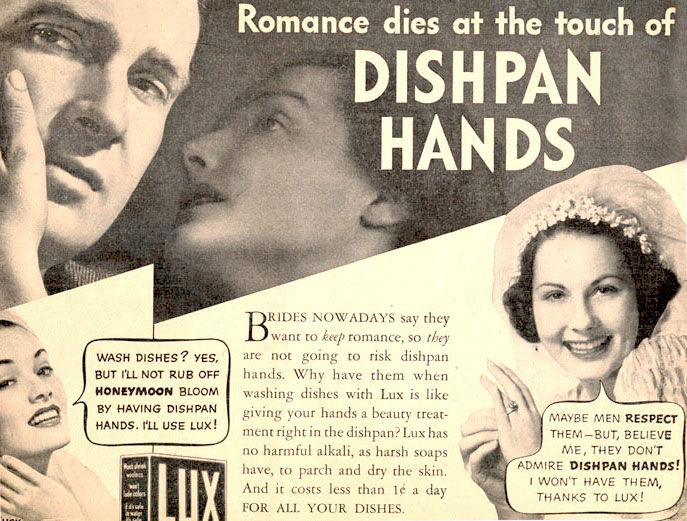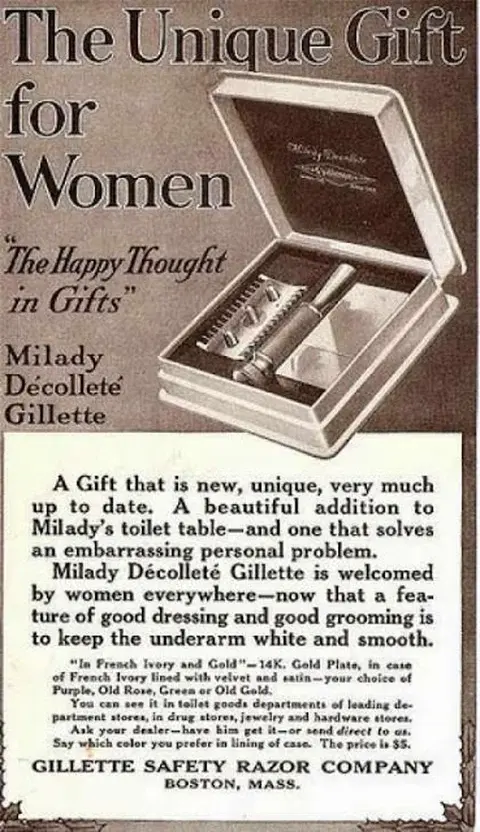The Fascinating & Cold Truth Behind Brand Strategy
- Chelsey Moore
- Aug 31, 2023
- 4 min read
Updated: Jan 30, 2024
I've been a brand strategist for a decade. I've created strategies for countless businesses - a commercial cleaning supply company, a chocolate shop, a designer handbag line, countless clothing companies, and many more.
I built my current business around my knowledge of brand strategy and truly believed that it was the #1 thing most brand owners overlooked when it came to running their businesses.
Until, one day, it all came crashing down around me.
I became disenchanted with brand strategy. The veil lifted and for the first time, I could see it for what it was.

Be honest.
Has selling, marketing, and advertising your business ever made you feel like a sleazy car salesman? Does promoting your products or services ever make you feel like one of those pushy mall kiosk workers?
I've felt that way.
So, I hired a business coach to help me lift that barrier so I could grow my business.
Want to know what I was told?
"You need to change your mindset. People NEED what you have to offer."
And I was like...people NEED food. No one NEEDS this shirt I'm selling!! (We'll go more into this in Part 2).
I paid someone who encouraged me not to trust my instincts. I'm sure you've heard similar sentiments from business coaches and marketing professionals alike. The idea that you're the problem, and not the system itself is a...lie.
The truth is, that tingle in your gut telling you that something doesn't feel right? That's valid.
When I began to feel that way about brand strategy, I listened to myself. Because I knew brand strategy so intimately. because I knew the history of how it came to be, I quickly uncovered why I was feeling so icky about singing its praises.

The Real History of Brand Strategy
Brand strategy wouldn't be formally recognized until the 50s and 60s, but it would be disingenuous to suggest that the concepts weren't around for much longer than that.
To put it plainly, brand strategy is a plan used to influence how a brand is perceived.
Want to know how brand strategy achieves this?
By manipulating your emotions.
The prevalence of this strategy grew after the Industrial Revolution. Companies could make products more quickly, and newer companies began popping up. Competition started to rise, so businesses came up with ways to ensure their products would stand out.
But it wasn't all sunshine and rainbows.
Women, in particular, were the targets of the darker methods of brand strategy.
The idea that you could manipulate women through shame in order to encourage them to purchase something, was one of the first instances of emotionally-led marketing.
What does soap have to do with your husband not being attracted to you? Apparently everything. Peep the ads below.


Lux used brand messaging to spark fear, insecurity, and shame in their target market (housewives) by telling them that their husbands would no longer be attracted to them if they used other soap brands.
Another example?
Gillette had been a household staple since 1901 when they were in contract with the US Army to supply razors to soldiers. But in 1915, they turned their focus on women with their invention of the "woman's razor".
Gillette promoted the product by telling women that their body hair was an "embarrassing personal problem".
They created and exploited the embarrassment and shame of their customers to make a profit.

These are just a few of the many examples of brands using their messaging to stir negative emotions to make more money.
Brands have been infiltrating our psyche for more than 100 years. We don't know a single person alive today who hasn't grown up in a world influenced by these concepts and systems.
While modern brands aren't so overt in their messaging, many of these underlying themes are still very relevant today. For the most part, they've just gotten better at hiding it.
The truth is...if you can cause someone to feel an emotion when interacting with your brand, they will hand you their hard-earned money. It doesn't matter if that emotion is happiness or shame, companies are eager to take their customers' money either way.
My question became...If I use these same methods, methods that were created to manipulate people into purchasing products, am I benefiting from a corrupt system?
Then... Even if I have positive intentions, even if I don't want to manipulate people, does it matter? Is the harm already done?

The reason I felt sleazy when I used brand strategy to sell my products is because I was using a strategy created to manipulate people. Point blank. Period.
There was nothing wrong with MY mindset. My intuition was correct.
I went through a dark phase. I was lost. I was flailing. I was questioning everything I had built my career on.
I was so distraught because I loved my businesses and I didn't see a world where I could own a business without using those same strategies.
They're so ingrained in our society, in the way businesses function. Customers literally expect it!
Even with the most positive of intentions, brand strategy demands that I seek out my customers' biggest fears and insecurities and then offer them a solution...in exchange for cash, of course.
Can I find a way to play nicely with a brand strategy that has suddenly revealed it has sharp, snapping teeth behind that pretty smile?
Or, am I doomed to fall victim to its siren song both as a consumer and a business owner for the rest of my life?
There has to be a way to embrace the modern age of branding, marketing, and advertising without feeling like we're doing something wrong every time we try to promote our businesses.
There has to be a way to stop being a player in a game that started well before we were born.
I hope you join me as we explore all of that in Part 2!
Maximalist. Gothic. Magical. Romantic.
I design dreamy & rebellious lifestyle brands for misfits like you!
If you're ready to break the rules to craft a brand that feels like you and celebrates your customers...click here.








留言